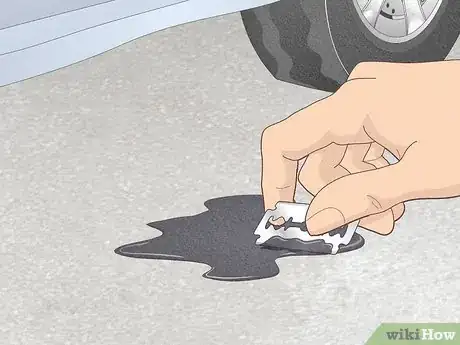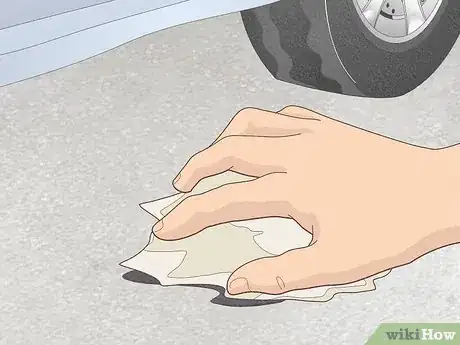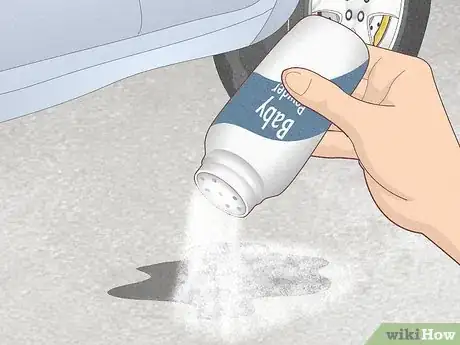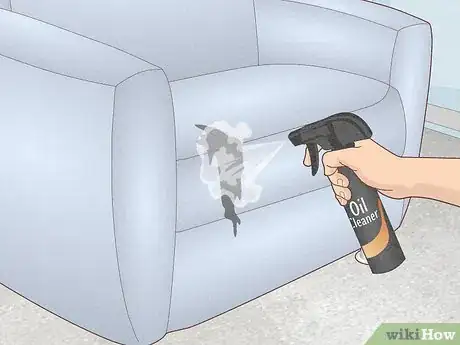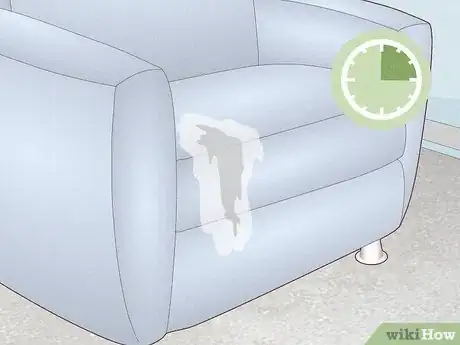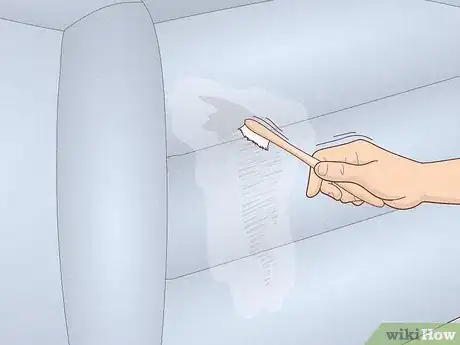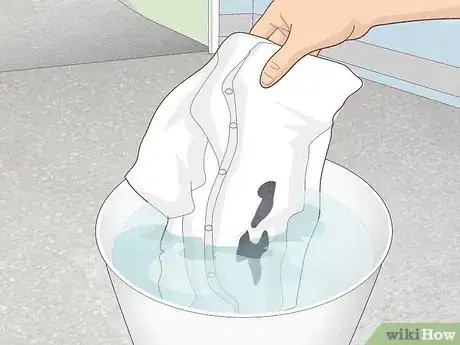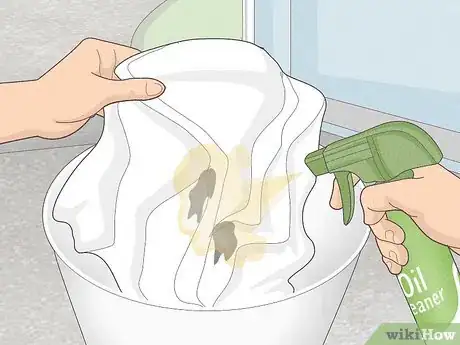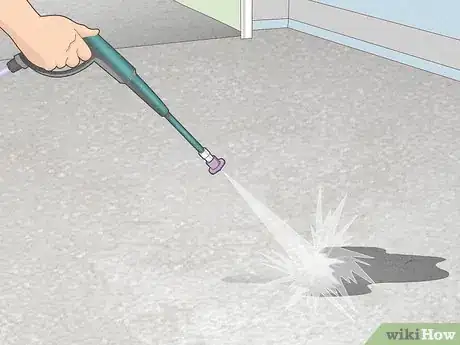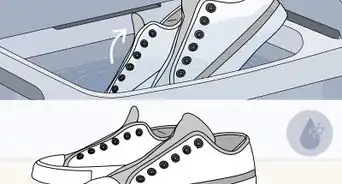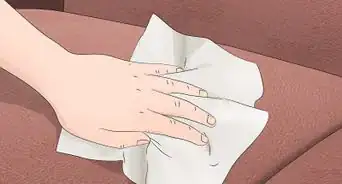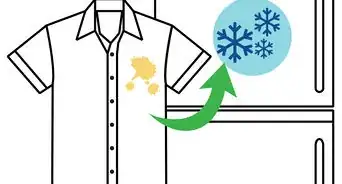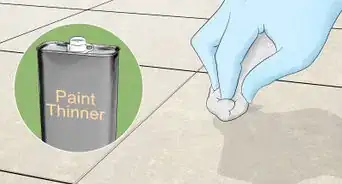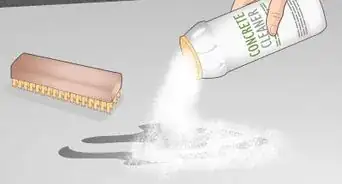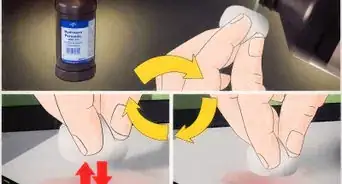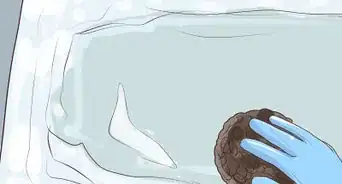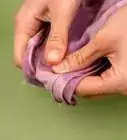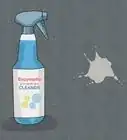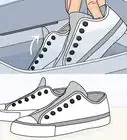This article was co-authored by Duston Maynes. Duston Maynes is an Automotive Repair Specialist at RepairSmith. Duston specializes in leading a team that handles a variety of automotive repairs including replacing spark plugs, front and rear brake pads, fuel pumps, car batteries, alternators, timing belts, and starter motors. Duston holds an Associate’s degree in Automotive/Diesel Technology from The Universal Technical Institute of Arizona and is a Certified Diagnostic Technician and Automobile Mechanics Technician through BMW STEP. RepairSmith received The 2020 Big Innovation Award by Business Intelligence Group and The Startup of the Year by the American Business Awards. RepairSmith was also included in Built in LA’s 50 Startups to Watch and The Business Intelligence Group’s 52 Names Leading the Way in Customer Service. RepairSmith offers in-home services to provide car owners convenient and complete auto repair everywhere.
There are 7 references cited in this article, which can be found at the bottom of the page.
This article has been viewed 28,760 times.
Engine oil stains are one of the worst stains to remove. Not only can engine oil stain concrete and other items in your garage, but it can ruin clothes and other fabrics. In many cases, though, engine oil stains can be removed with a little work. By minimizing excess oil or grease before cleaning, using certain cleaning agents, and cleaning the item in question properly, you’ll have a good chance of removing engine oil stains.
Steps
Minimizing Grease or Oil Before Cleaning
-
1Scrape off extra grease or oil. Before acting to clean an oil stain, you need to remove any extra grease or oil. By removing extra grease or oil, you’ll ensure that the stain does not spread and you’ll make it easier for the cleaning products you use to fight the stain.
- Take a razor blade or another thin object and slide it between the oil and the object you’re cleaning. If you’re cleaning a fabric, you may want to substitute the razor for a thin piece of plastic or a thin piece of cardboard.
- When you scrape excess oil off, make sure you do so slowly so you don’t spread it and make the stain bigger.[1]
-
2Blot the stain. After removing excess grease or oil, you’ll need to blot the stain. By blotting the stain, you’ll gently remove any grease or oil you didn’t already remove when you scraped the object. Bunch up clean paper towels or an old cloth and:Advertisement
-
3Sprinkle baby powder or cornstarch on the stain. While you’ve probably already removed a substantial amount of grease or oil from the item in question, you can remove even more by sprinkling baby powder or cornstarch on the stain. This is important, as baby powder or corn starch are very absorbent and will help remove even more oil or grease.
- Take your baby powder or cornstarch and lightly sprinkle it on top of the stain. ‘
- If you’re cleaning a stain off concrete, you may need to use more.
- If you’re cleaning a stain off fabric, make sure not to use too much – it might cause problems when it comes time to launder the fabric.
- Carefully remove the baby powder or cornstarch with a scraper, vacuum, or paper towel.[4]
Using Cleaning Agents
-
1Apply your choice of cleaning agent. After you’ve removed excess oil or grease, you can apply cleaning products to the item. Your choice of products will vary depending on the type of item you’re cleaning.
- Follow the directions of the cleaning product and pour or spray the recommended amount on the item you are cleaning.
- If you’re washing fabrics, you’ll probably want to use something that is not very caustic and won’t harm the fabric during the cleaning process. For example, you may want to use a stain remover formulated for fabric. You may also consider using Dawn or a similar dish detergent. However, be aware that harsh detergents may damage some fabric products.
- If you’re cleaning concrete, wood, or plastic, you may be able to use commercial or industrial products.[5] However, you may also have a lot of success using regular household dish detergents like Dawn.[6]
-
2Allow the cleaning product to sit. Make sure to provide enough time for the cleaning agent to sit on the item and soak in before rubbing, scrubbing, or laundering it. This is important, as the product needs to be able to attack the stain before you work it.
-
3Rub or scrub the stain. Depending on the item in question, you’ll have to take different approaches to rubbing or scrubbing the stain once you’ve applied a cleaning agent. Be careful, as some items are more delicate than others.
- Employ a toothbrush or a small scrubber for tough fabrics, like denim.
- Find a larger scrubber or a coarse cloth to clean concrete or other hard materials.
- Use a microfiber rag and dab or massage cottons or synthetic fabrics. This works especially well with car seats or dress shirts.[9]
Removing Tough Stains
-
1Soak items. If you’re planning on laundering the item after you’ve applied your cleaning agent, you should soak it in warm water first. By soaking the item, you’ll enable the water to loosen the stain before the laundering process.
- Avoid hot water. Stick with water below 130 degrees Fahrenheit (54 degrees Celsius).
- Check the care tag of the item to verify that your detergent and water temperature is appropriate.
- Make sure you use a lot of water, relative to the size of the fabric. For instance, if you’re soaking several oil-stained rags or shirts, you should do so in a large sink or in a washing machine, rather than a small bathroom sink.[10]
-
2Launder fabrics. When it comes time to launder your fabrics, you’ll want to follow the directions of the care tag and to use detergent that is appropriate for the fabric. Make sure to:
- Use warm or hot water, if it is okay for the fabric.
- Wash the item by itself if possible, you don’t want other fabrics to be stained by the grease.[11]
-
3Reapply cleaning agents and clean again. While your odds of removing an oil stain are best during the first attempt, you may have some success removing or lightening a stain on a second attempt. In the end, if you’re not successful the first time, you may want to try again.
- Consider using different cleaning products. This is important, as some cleaning products are particularly effective against some stains but not others. For example, standard laundry detergent might not work on engine stains that have sat for a while.[12]
-
4Use a pressure washer on solid items. After preparing the surface with a cleaning product, take a pressure washer and clean the spot and remove leftover engine oil. This works best with concrete and wood. Power up the pressure washer and:
- Wash the oil stain systemically. For instance, start at the bottom of the stain and move from left to right, slowly moving up the stain.
- You may need to slow down and spend more time on certain areas than others.
- Feel free to rewash the spot if you need to.[13]
References
- ↑ http://www.howtocleanstuff.net/how-to-remove-engine-oil-and-grease-stains/
- ↑ http://www.howtocleanstuff.net/how-to-remove-engine-oil-and-grease-stains/
- ↑ Duston Maynes. Automotive Repair Specialist. Expert Interview. 10 June 2021.
- ↑ http://www.howtocleanstuff.net/how-to-remove-engine-oil-and-grease-stains/
- ↑ Duston Maynes. Automotive Repair Specialist. Expert Interview. 10 June 2021.
- ↑ http://www.stain-removal-101.com/remove-grease-stains.html
- ↑ Duston Maynes. Automotive Repair Specialist. Expert Interview. 10 June 2021.
- ↑ https://www.concretenetwork.com/concrete/cleaning_concrete/chemicals_help.htm
- ↑ http://www.stain-removal-101.com/remove-grease-stains.html
